Thanasis Kalafatis owned an icon of Agios Athanasios brought to Greece by his family from Sozopol. The icon is signed ‘Them. Diamantopoulos’ and bears the date ‘1866’. Thanasis always had it in his bedroom.
The icon of Agios Athanasios from Sozopol
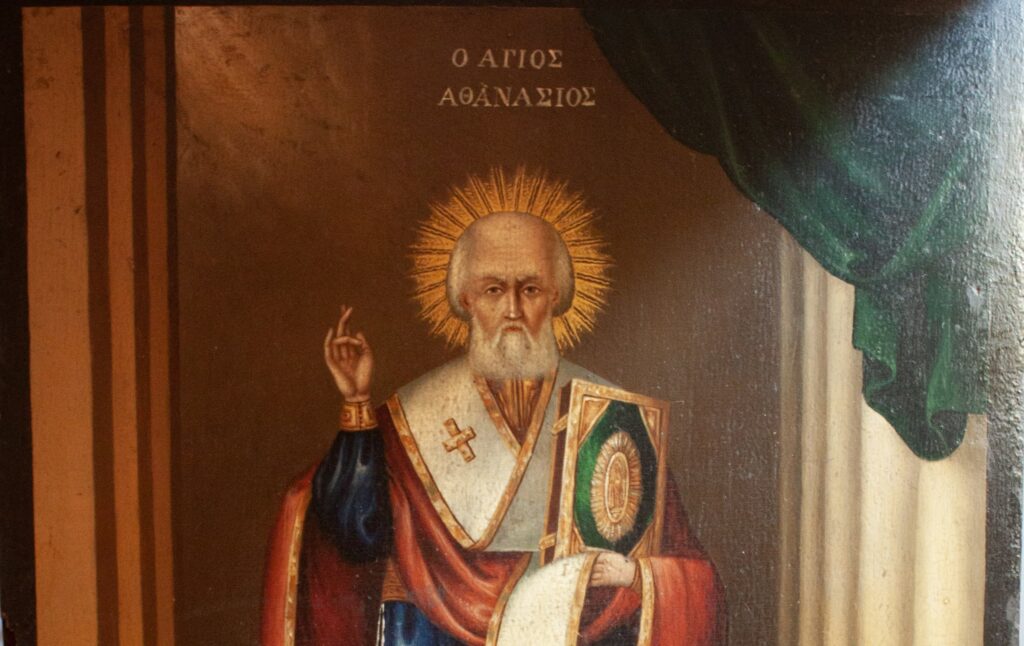

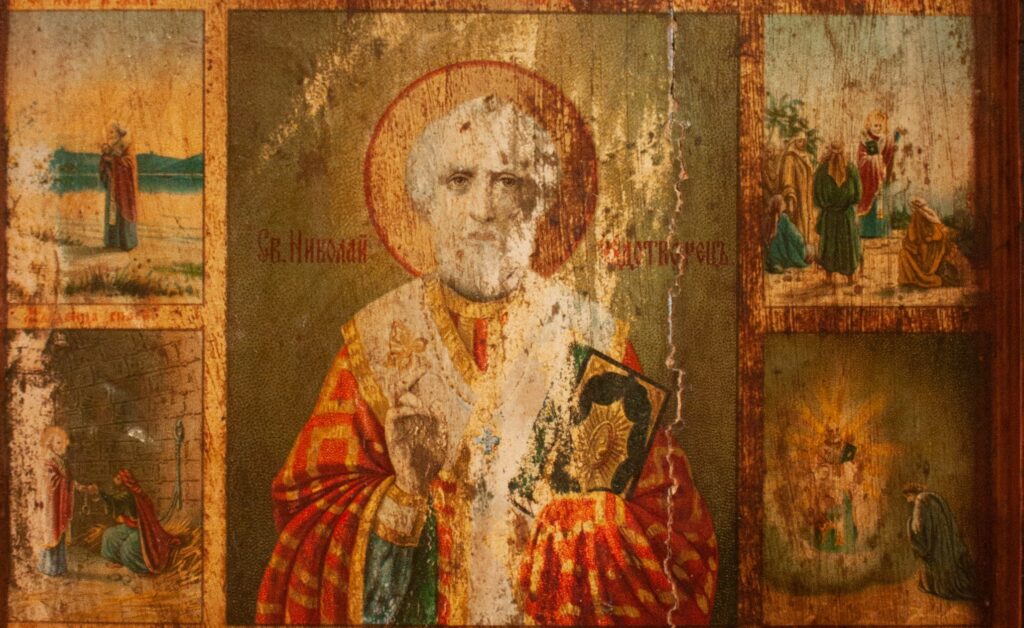
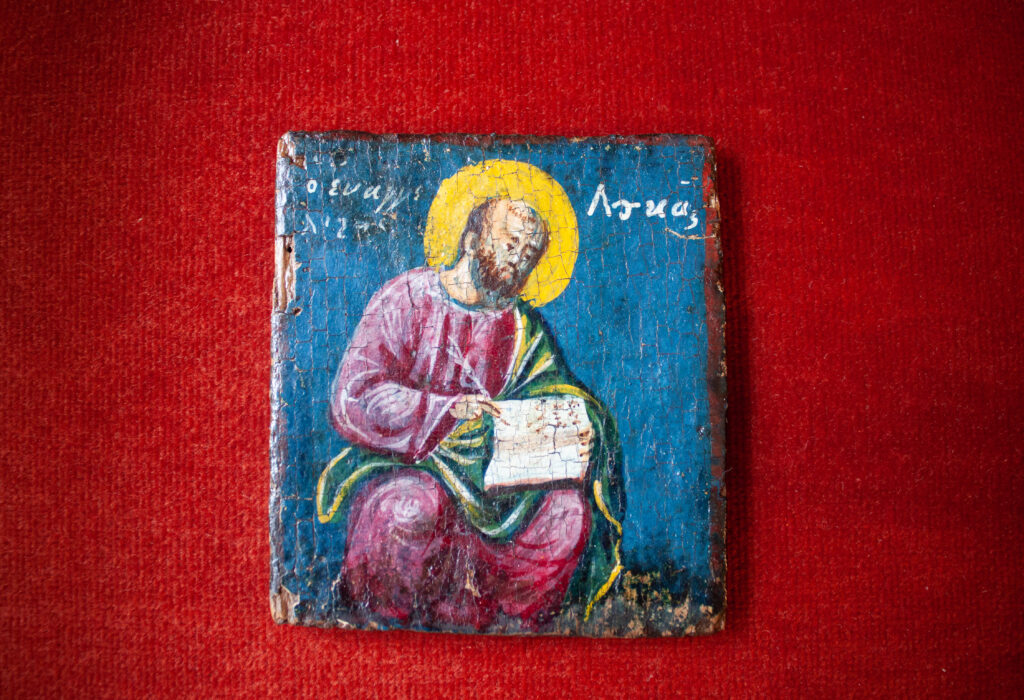
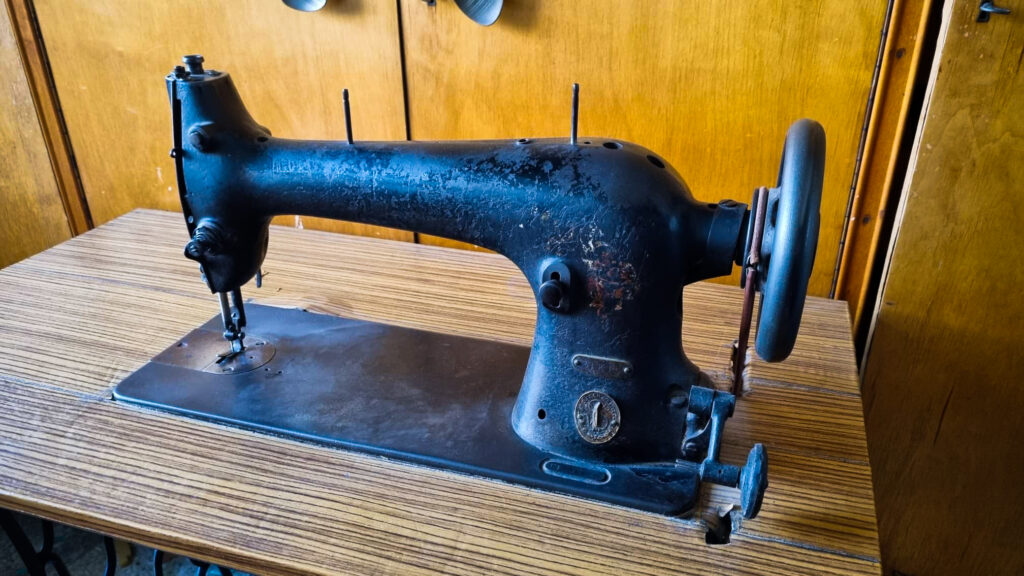
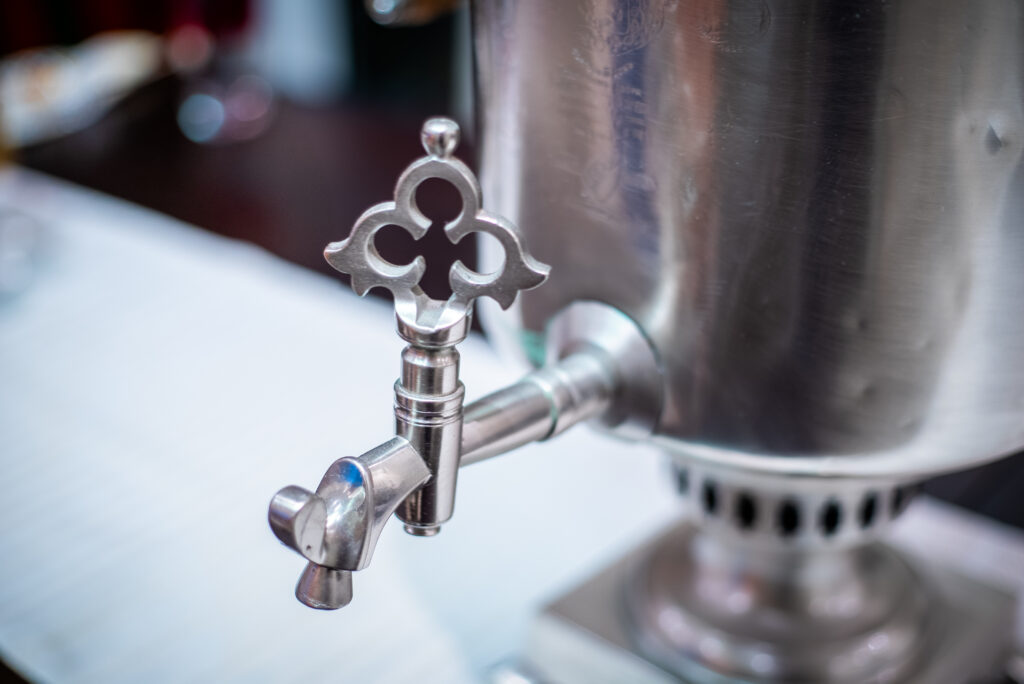
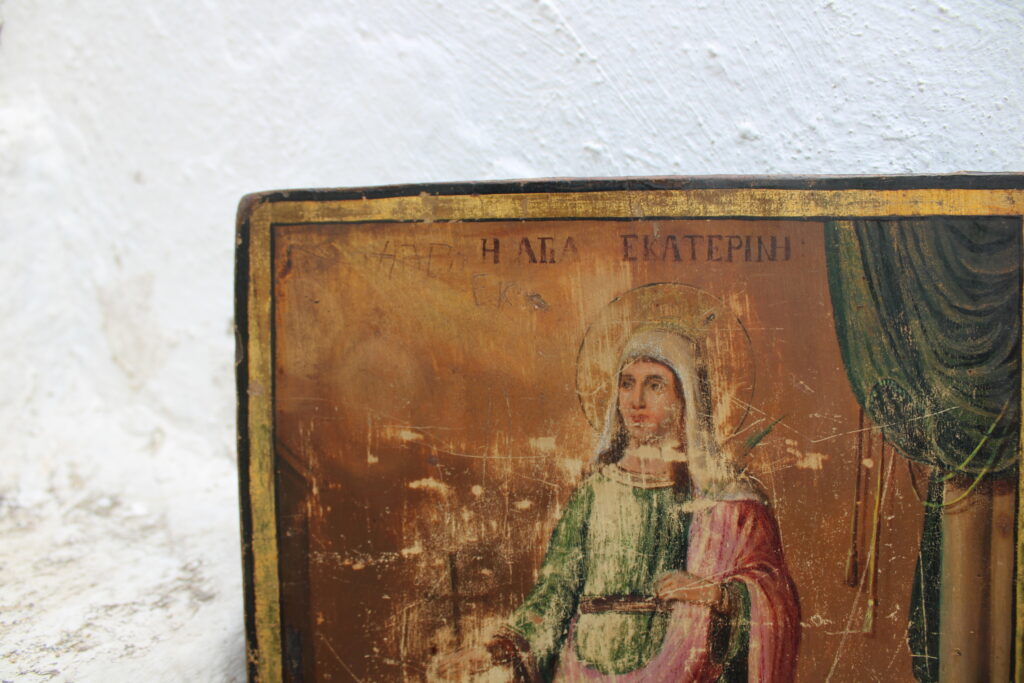
Christina Pavlioglou doesn’t know much about the icon, but remembers that her mother thought it could perform miracles and there was a vague family legend about it surviving a house fire. For Christina, her family’s refugee past is not only part of her own history, but also part of the wider history of mobility and the pattern of hardship and violence that displaced people have always had to contend with. �
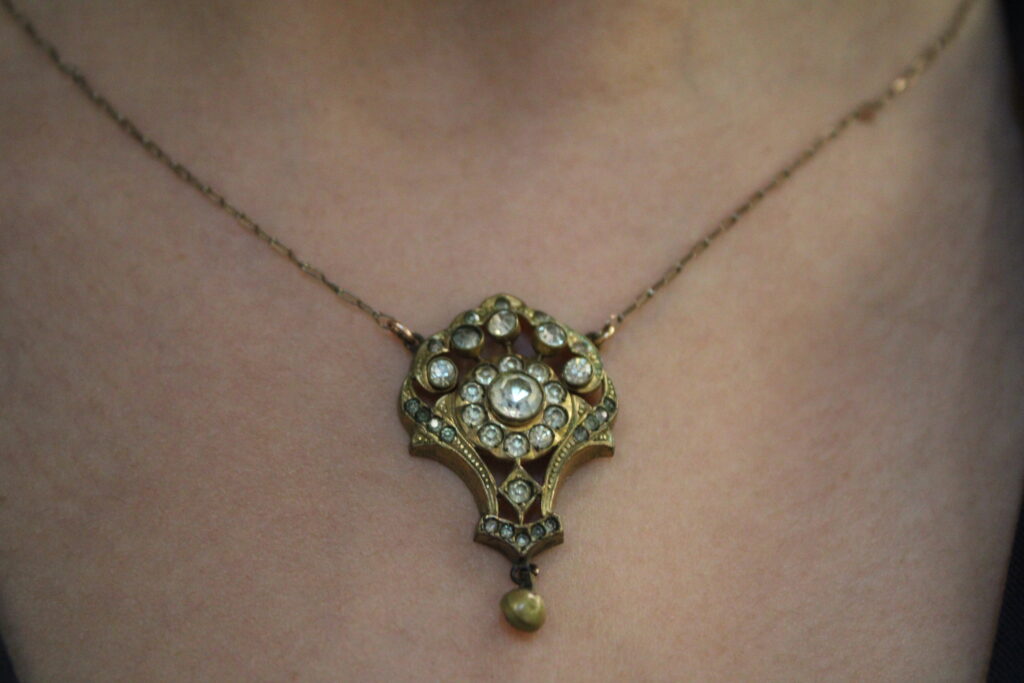
Some time between 1914 and 1918, Athina, a widow and mother of one child, Chrysoula, born in 1913, arrived in Kataltza (today known as Choristi, Drama) dressed in her traditional outfit. Her journey started from Scholari after her husband, a soldier, died in battle. Her granddaughter, Athina Chorozi, remembers her wearing breeches and saying: ‘They kicked me out of my house with nothing but the breeches I had on! Everything I had of value I
stashed in my pockets and I wrapped Chrysoula in the crib liner, the one with the chariot.’
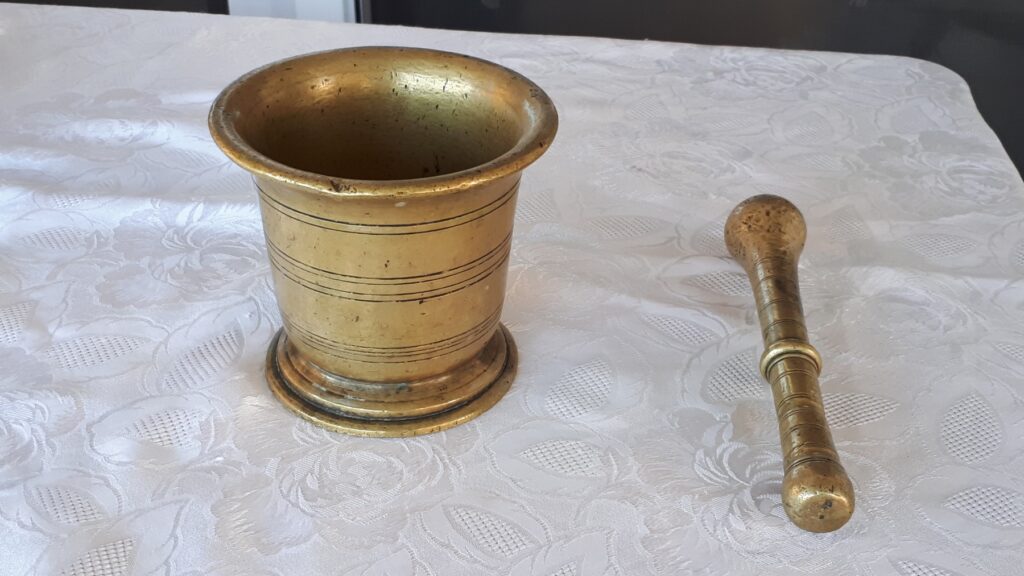
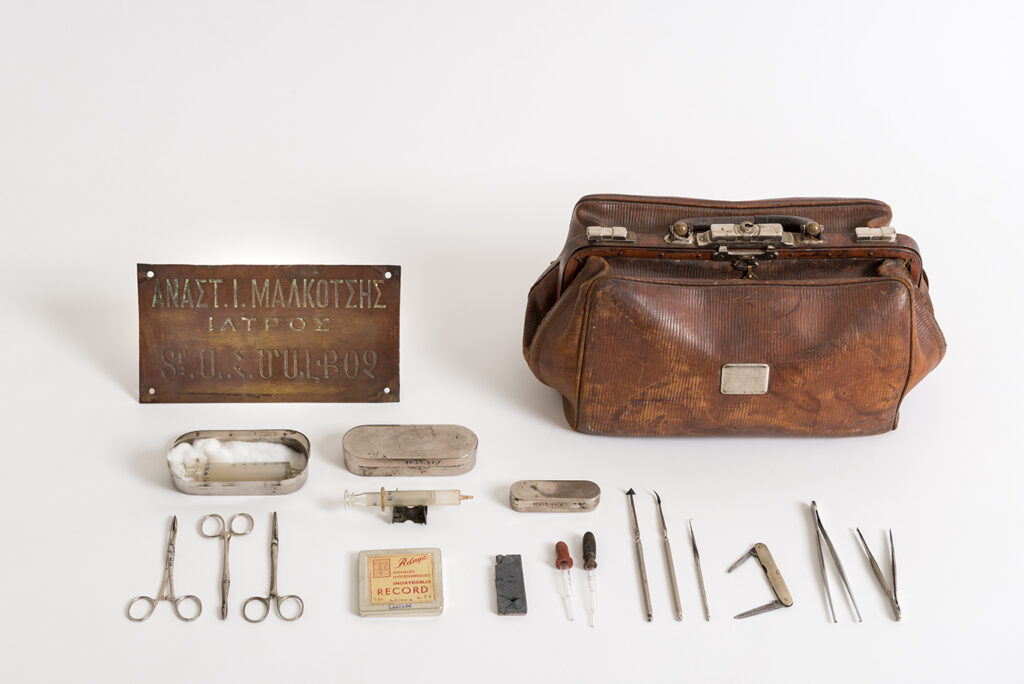
The family came to Greece in 1922. Anastasios Malkotsis (1869-1957) continued practicing medicine in Thessaloniki, in Agios Fanourios, Toumpa. From Panormos, he brought with him his leather medical bag with his medical instruments and tools (scissors, forceps, vials, syringes, needles, droppers) and the bronze plaque of his medical practice, inscribed with his name and profession in Greek and Armenian.
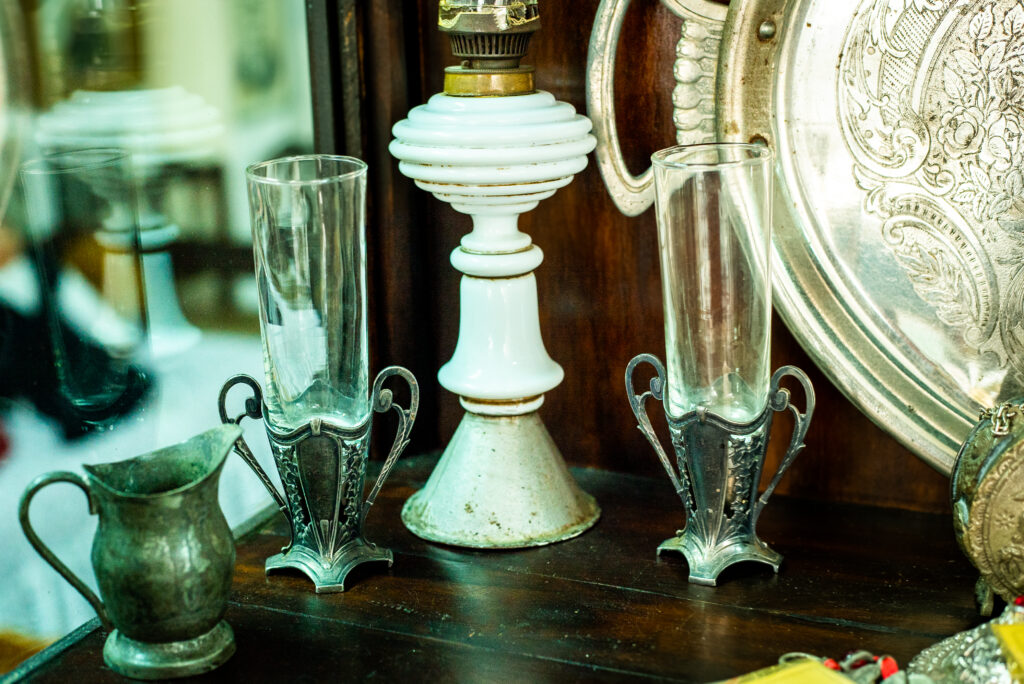
Ourania Stamatiadou-Koutsogianni, the granddaughter and namesake of Ourania Stamatiadou, is a retired educator and the chairwoman of the ‘Englezonisi’ Cultural Association of Asia Minor Greeks of Nea Ionia, Magnisia. She is overwhelmingly generous with stories of her family and the rest of the Englezonisi refugees. Besides sharing her narratives, she also keeps two small vases brought to Greece by her family on a small display at the association’s offices.